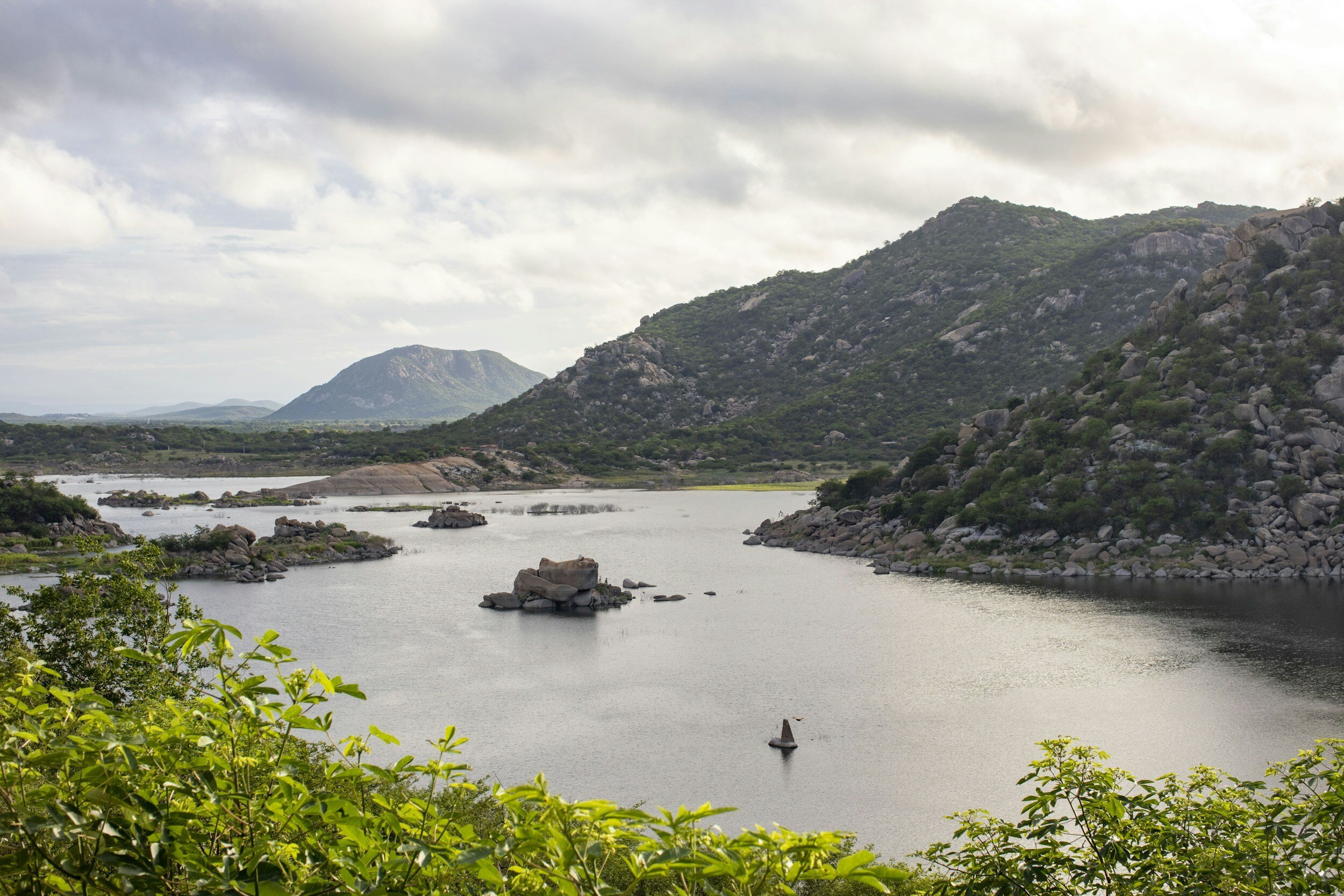
Establishing Dynamic Research Tracks
GCTW has established three unique research clusters to gain a broad understanding of climate change impacts on transboundary waterways: Hydro-Climate Modeling (HC), Ecosystem and Water Quality (EWQ), and Climate Ready Communities and Transboundary Governance (CRTG).
Subscribe to the GCTW Quarterly Newsletter
For updates and information on GCTW research clusters, events, publications, and more, sign up for the Quarterly Newsletter today
Objectives
Through our research, outreach, and engagement initiatives, we are dedicated to fortifying the resilience of communities and ecosystems in transboundary water systems, with a particular focus on Indigenous Peoples. Our overarching objective at the Global Center is to ensure that the data, models, and model outputs reflecting these critical connections are not only relevant and accessible but also easily comprehensible for practitioners, decision-makers, and the general public.
Three Unique Research Clusters
Hydro-Climate Modeling (HC)
The Hydro-Climate Modeling research team creates climate predictions tailored to the needs of populations that share water resources across borders. Using advanced tools, HC researchers forecast future water availability and quality, helping leaders make informed decisions. By combining physics and statistics, the team predicts rainfall, evaporation, and water supplies in shared watersheds.
Ecosystem and Water Quality (EWQ)
Many transboundary regions depend on essential ecosystem functions and processes, which have long been under threat from climate and human-induced stressors. The Ecosystem and Water Quality research team uses the climate scenarios developed by the Hydo-Climate Modeling group to study how these changes affect water and ecosystems that support both wildlife and people. By combining traditional ecological knowledge (TEK) with climate data, they analyze the effects on water quality and how it impacts communities, infrastructure, and the environment across borders.
Climate Ready Communities and Transboundary Governance (CRTG)
The Climate Ready Communities and Transboundary Governance research team helps regions to prepare for climate change by developing better ways to manage shared water resources. This group uses essential insights from the HC and EWQ research groups to work with Indigenous, U.S., and Canadian communities to create practical solutions that incorporate climate science and Indigenous knowledge. Findings are integrated, tested, and applied across communities in the Great Lakes basin, the Rio Grande Basin, and other global transboundary regions. Frameworks are applied at watershed and community scales to assist local government and communities as they incorporate multiple climate science perspectives into water resources management and decision-making.
GCTW Research Commitments
GCTW is committed to empowering evidence-based decision-making and inspiring action to combat the escalating water crises and climate change-induced hazards. We recognize the utmost importance of involving marginalized populations in the co-creation of scientific knowledge and decision-making processes. This commitment strengthens our Global Center's ability to make a lasting impact. The scientific and community-engagement models we are developing are designed to be replicable and scalable for communities worldwide as we expand our global outreach and network engagement.
Cluster Collaboration
Collaboration among GCTW’s three research clusters ensures that information is credible and useful in strategies for formulating community plans, policies, regulations, and for motivating community action. Outcomes of our work include foundational science describing origins and impacts of climate change threats facing transboundary communities and increased capacity for informed and effective governance. Our overarching objective is to co-create science leading to resilient community models first in the Great Lakes region, then in other Indigenous-U.S.-Canada transboundary communities, and ultimately extending these models to transboundary waters around the globe.

